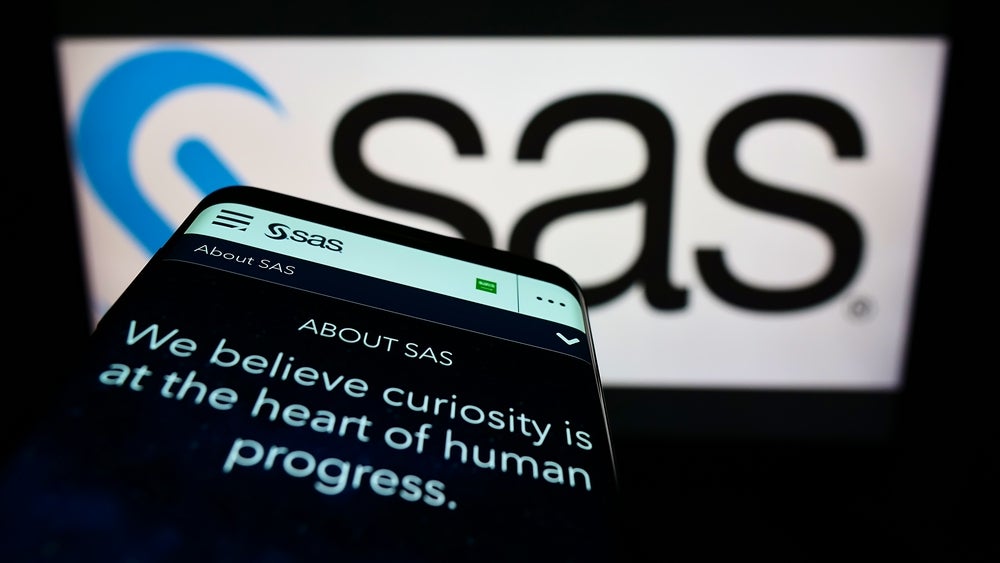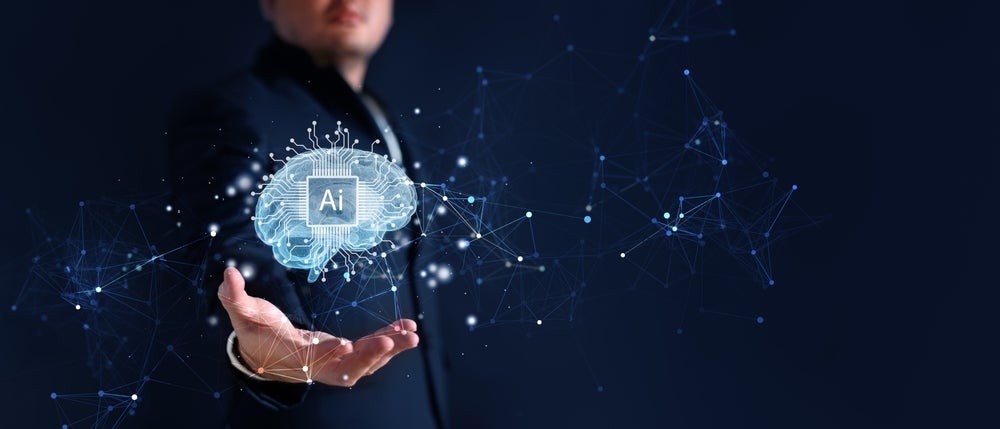
Fraud is reshaping individuals’ expectations about organisations’ obligations to protect them. And rising levels of fraud are impacting the compromises that consumers are willing to make to enhance security. These are the key takeaways according to a consumer fraud study released by AI and analytics vendor SAS.
Specifically, some two-thirds of consumers will switch providers due to fraud experience or for better safeguards. Some 70% of consumers report falling victim to fraud at least once. Meantime, 4 in 10 have experienced fraud twice or more while three-quarters are fearful of suffering fraud in the future.
Consumers are demanding change
Nine in 10 (89%) say they expect the organisations they interact with to do more to protect them from fraud. Two-thirds of businesses indicate they would switch providers due to a fraud experience or if another provider offered better fraud protections.
The good news is that consumers are largely willing to sacrifice some convenience and use advanced technologies for better fraud protection. Specifically, three-quarters would agree to more delays in transactions for better fraud protection. 57% prefer using unique identifiers like biometrics over passwords with 80% willing to use biometrics for payments/transactions. And some 70% would share more personal data with service providers, if that it is used to enhance fraud safeguards.
The most common fraud strategies reported by survey respondents were attempts to obtain banking details or personal data. Mobile phones and email emerged as the communications channels most often used by fraudsters to make initial contact.
“When fraudsters are successful in their exploits, organisations in highly targeted industries like banking, insurance, government, retail and telecommunications serve as unwitting conduits for criminal activity,” said Stu Bradley, Senior Vice President of Risk, Fraud and Compliance at SAS . “Given that two-thirds of the consumers surveyed said they would change service providers due to fraud or if another provider offered better fraud protections, the potential consequences of inaction are substantial and should not be ignored.”
How well do you really know your competitors?
Access the most comprehensive Company Profiles on the market, powered by GlobalData. Save hours of research. Gain competitive edge.

Thank you!
Your download email will arrive shortly
Not ready to buy yet? Download a free sample
We are confident about the unique quality of our Company Profiles. However, we want you to make the most beneficial decision for your business, so we offer a free sample that you can download by submitting the below form
By GlobalDataThe power of AI: minimising friction while maximising security and customer experience
Of course, organisations must strike a balance between fast, low-friction customer experience and right-sized fraud defences, particularly given the explosion of digital services. Despite the elevated fraud risks associated with digital transactions, consumers’ predilection for such services only stands to grow. 86% of respondents anticipate they will continue to use digital services at their current level (65%) or use them even more often (21%).
SAS argues that AI-enabled fraud detection can deliver the best of both worlds. It helps organisations find more fraud earlier and much more quickly. In addition, it improves both the efficiency and accuracy of their real-time fraud detection and prevention strategies. Unlike rules, which are easy for fraudsters to test and circumvent, the application of machine learning can help organisations better identify anomalies in real time and stay ahead of rapidly evolving threats.







